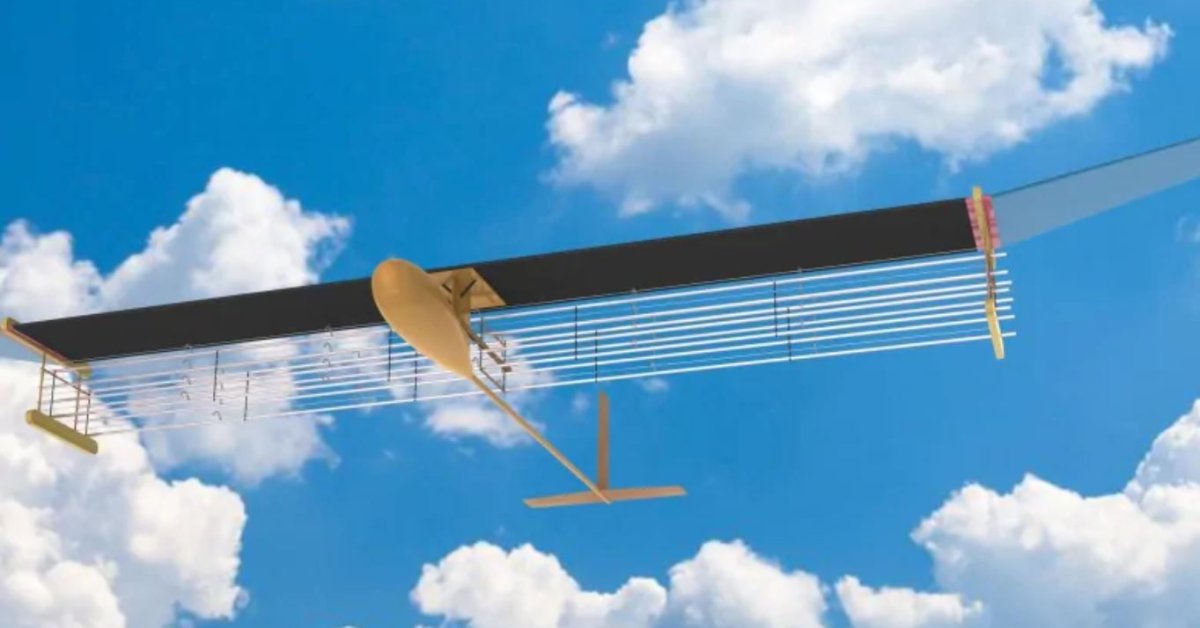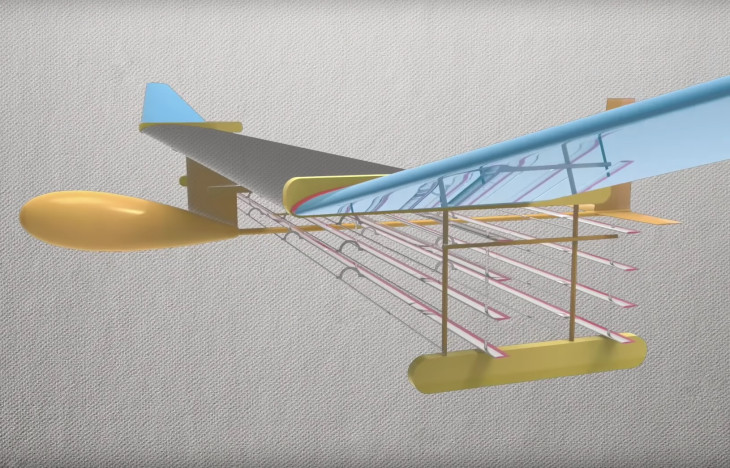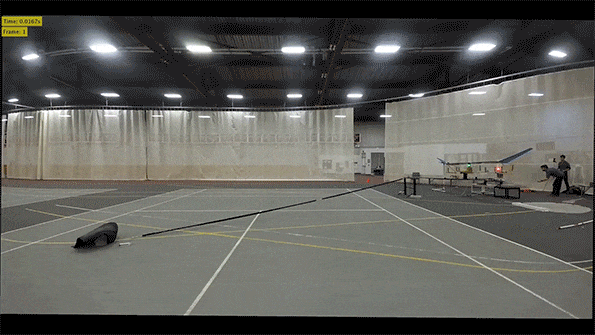The First Ever Plane With No Moving Parts Took Off
Aadhya Khatri - Nov 24, 2018

A plane with no turbine or propeller took flight for the first time.
- What To Know About NASA's New Supersonic Aircraft
- This Real-Life UFO Can Take Off From Any Direction
- Ampaire Tested Biggest Electric Plane With Fuel Saving Hybrid Propulsion
So far, we have been conditioned into believing that only planes with jets or propeller can fly. However, it was not until the first “solid state” plane took off and successfully kept itself in the air that the belief is proven wrong.

Steven Barrett, an MIT’s aeronautics professor and also the lead author of the study regarding this project, said that he took the inspiration for this plane from his childhood movie Star Trek.
He believes that planes of the future should make no noise at all. They would glide in silence and require no turbines or propellers.

The principles of the “ionic wind”, the mechanism behind the success of his team’s craft, were looked into in the 1920s. Researchers did think about it again in the 1960s but at that time, they concluded that it was not suitable for airplanes.
The idea of this “solid state” plane is based on the movement of negatively charged air flow. It can be explained like this: the negative electrons will transfer the charge to the air that surrounds them and ionize it. The air then flows toward a “collector” surface, which is manually set up. The point here is to direct the air in the direction of your choice.

Barret’s team success is possible thanks to modern day’s lightweight materials and designs that were generated by the precision of computers.
The flight possibility is, according to the team, determined by wingspan and weight of the plane, as well as the thrust that could be generated. It has taken them years to pursue this theory.
After countless revisions and failures, their 2.5-kilogram and 5-meter wide plane could fly for about 10 seconds because it was limited by the room they tested in. That much time does not sound impressive at all, but the fact that the plane could keep itself in the air that long is a solid proof of its possibility in the future.
Barret and his team confirmed that this new technology would not make propellers or jets obsolete in the immediate future, but they said the practical applications were many.
Featured Stories

Features - Jul 01, 2025
What Are The Fastest Passenger Vehicles Ever Created?

Features - Jun 25, 2025
Japan Hydrogen Breakthrough: Scientists Crack the Clean Energy Code with...

ICT News - Jun 25, 2025
AI Intimidation Tactics: CEOs Turn Flawed Technology Into Employee Fear Machine

Review - Jun 25, 2025
Windows 11 Problems: Is Microsoft's "Best" OS Actually Getting Worse?

Features - Jun 22, 2025
Telegram Founder Pavel Durov Plans to Split $14 Billion Fortune Among 106 Children

ICT News - Jun 22, 2025
Neuralink Telepathy Chip Enables Quadriplegic Rob Greiner to Control Games with...

Features - Jun 21, 2025
This Over $100 Bottle Has Nothing But Fresh Air Inside

Features - Jun 18, 2025
Best Mobile VPN Apps for Gaming 2025: Complete Guide

Features - Jun 18, 2025
A Math Formula Tells Us How Long Everything Will Live

Features - Jun 16, 2025
Comments
Sort by Newest | Popular